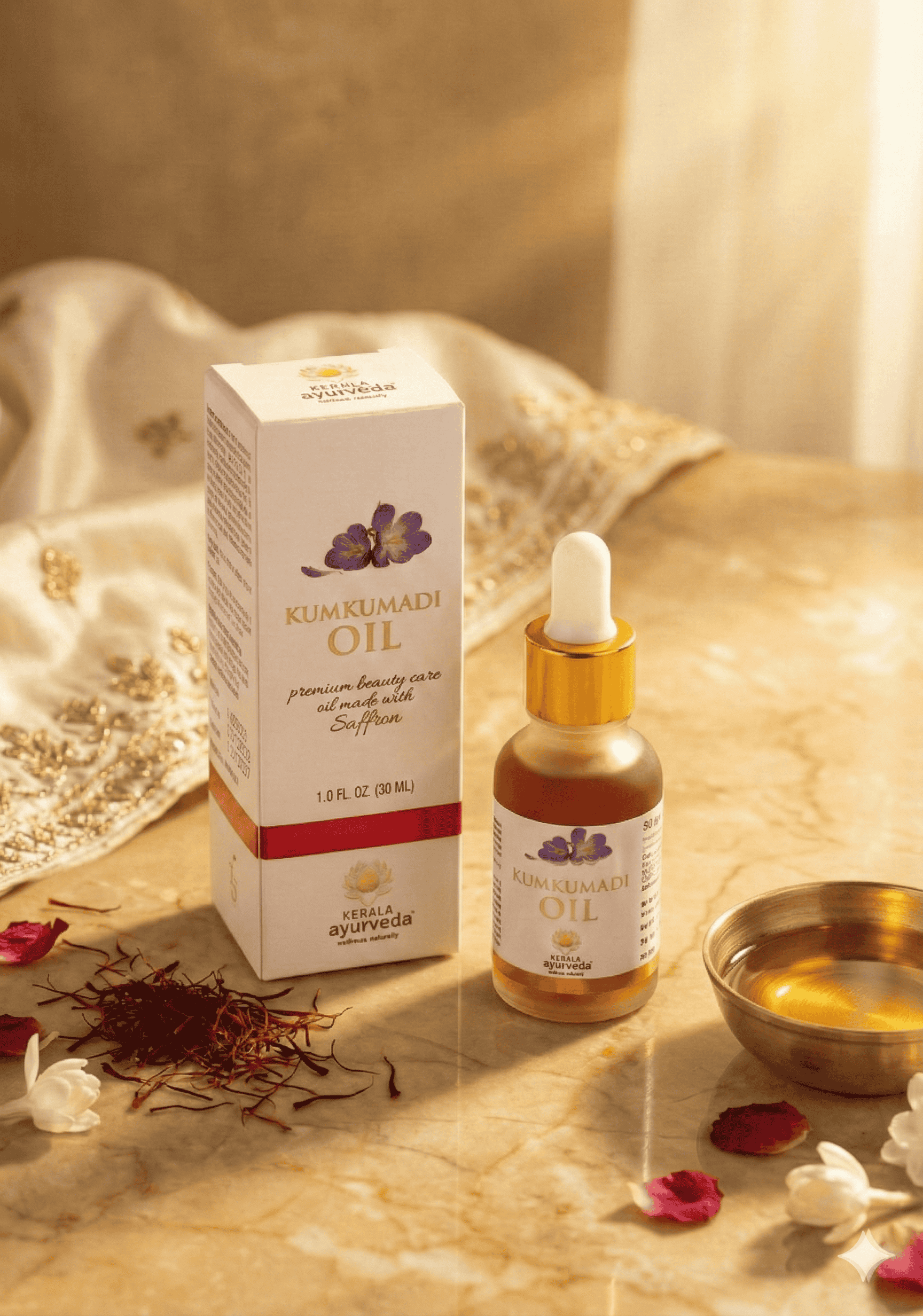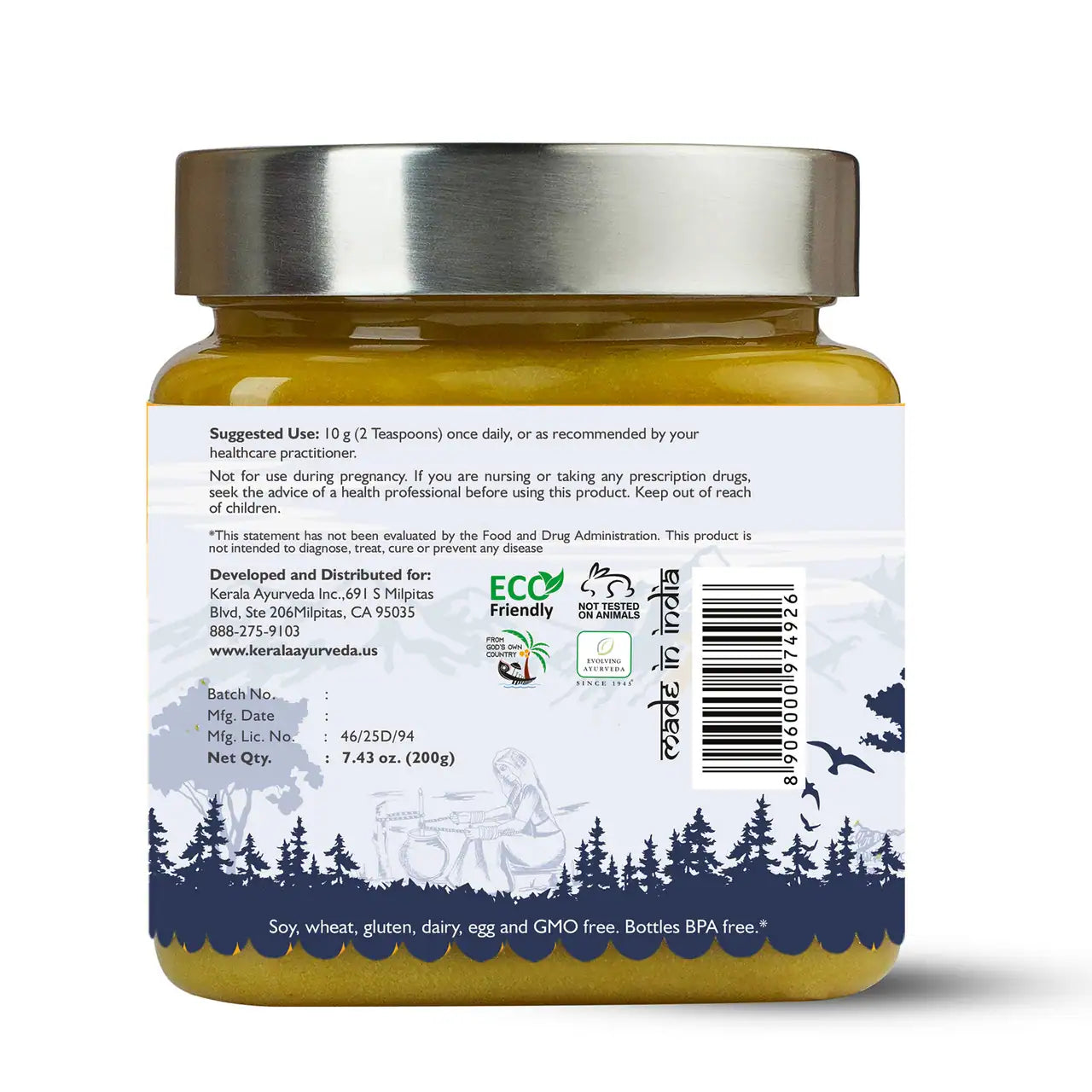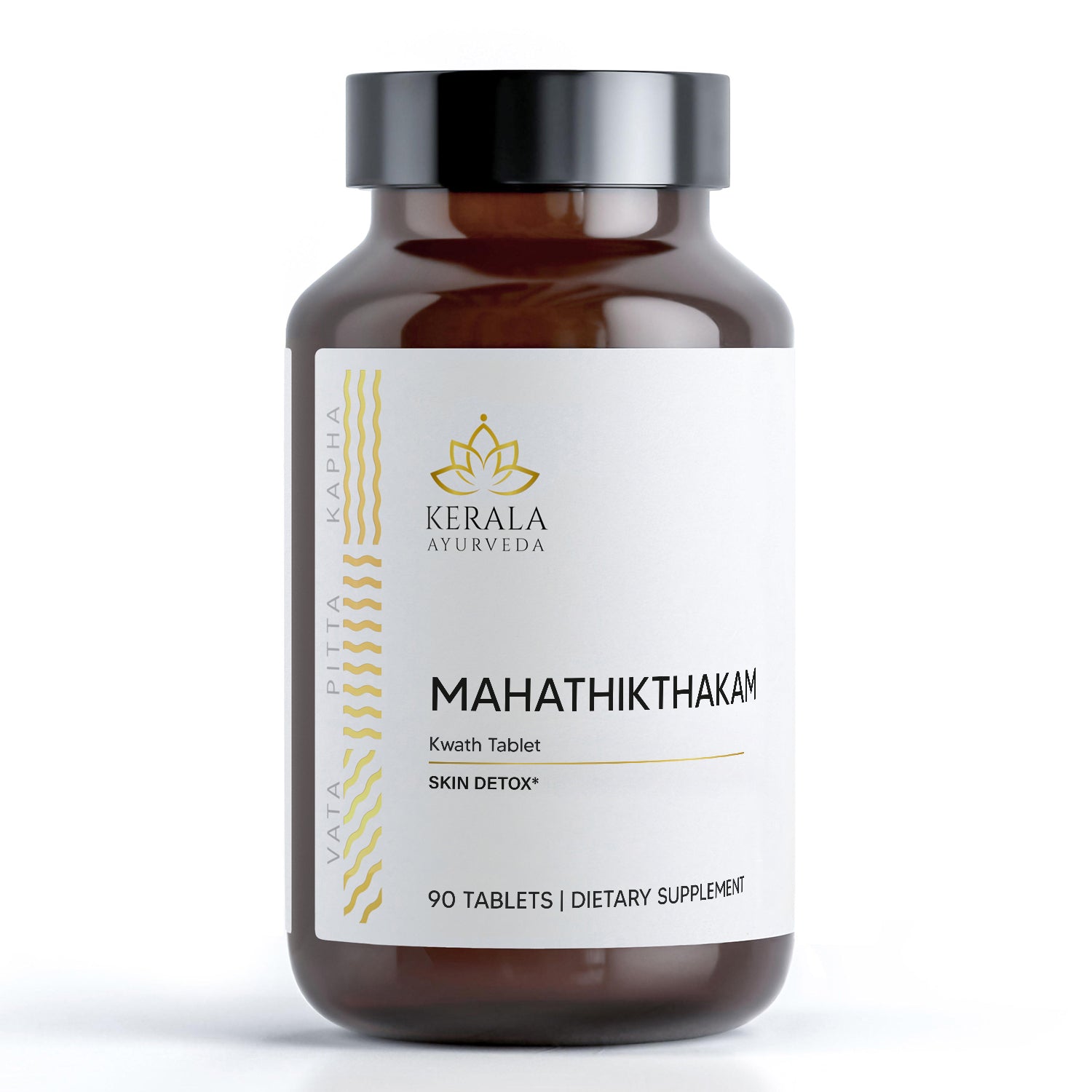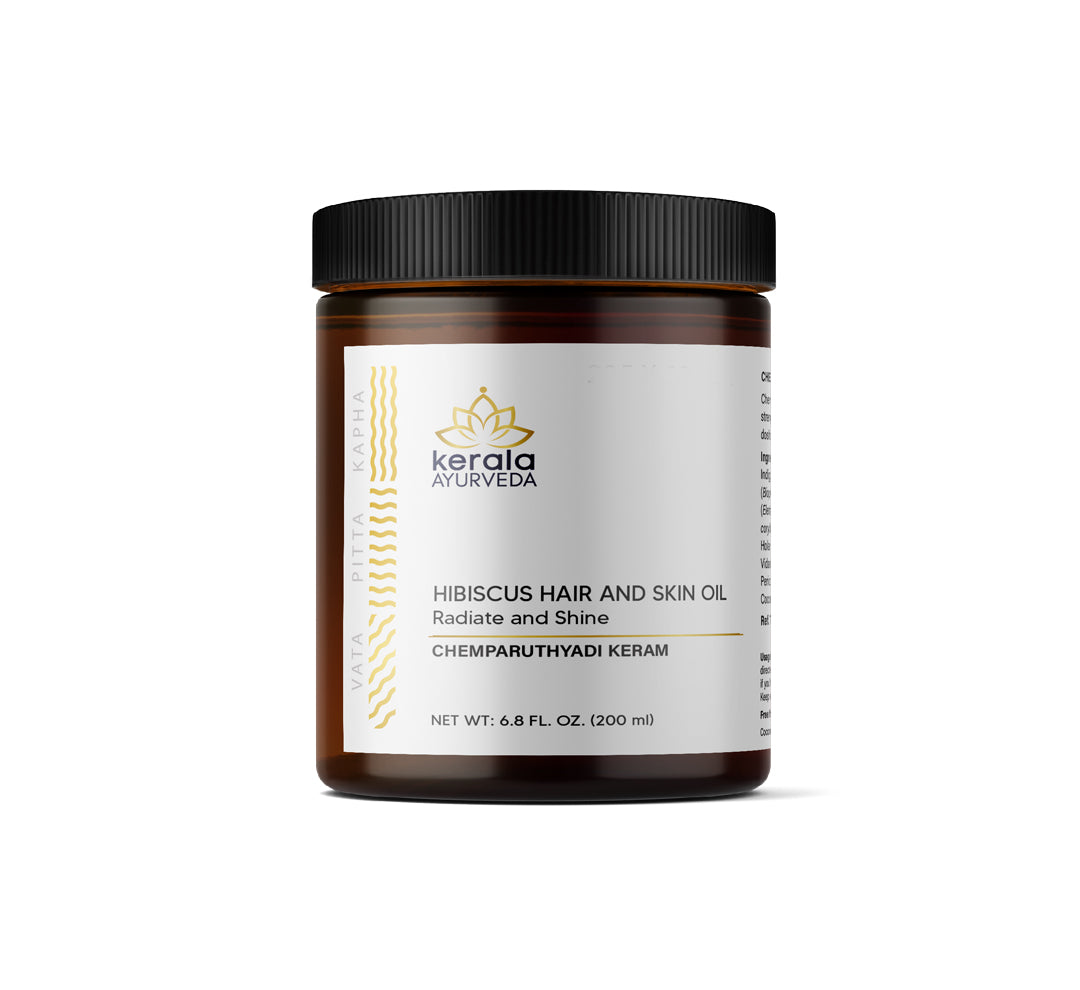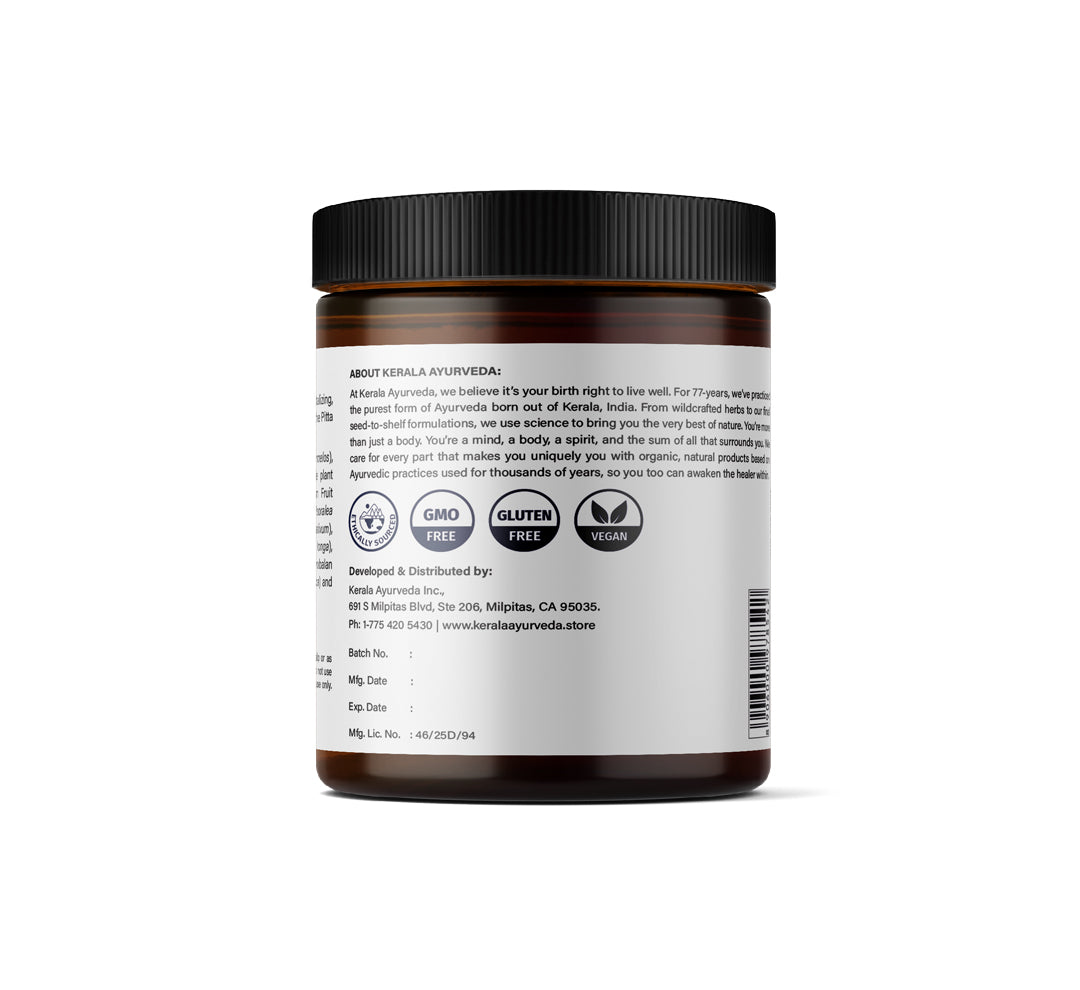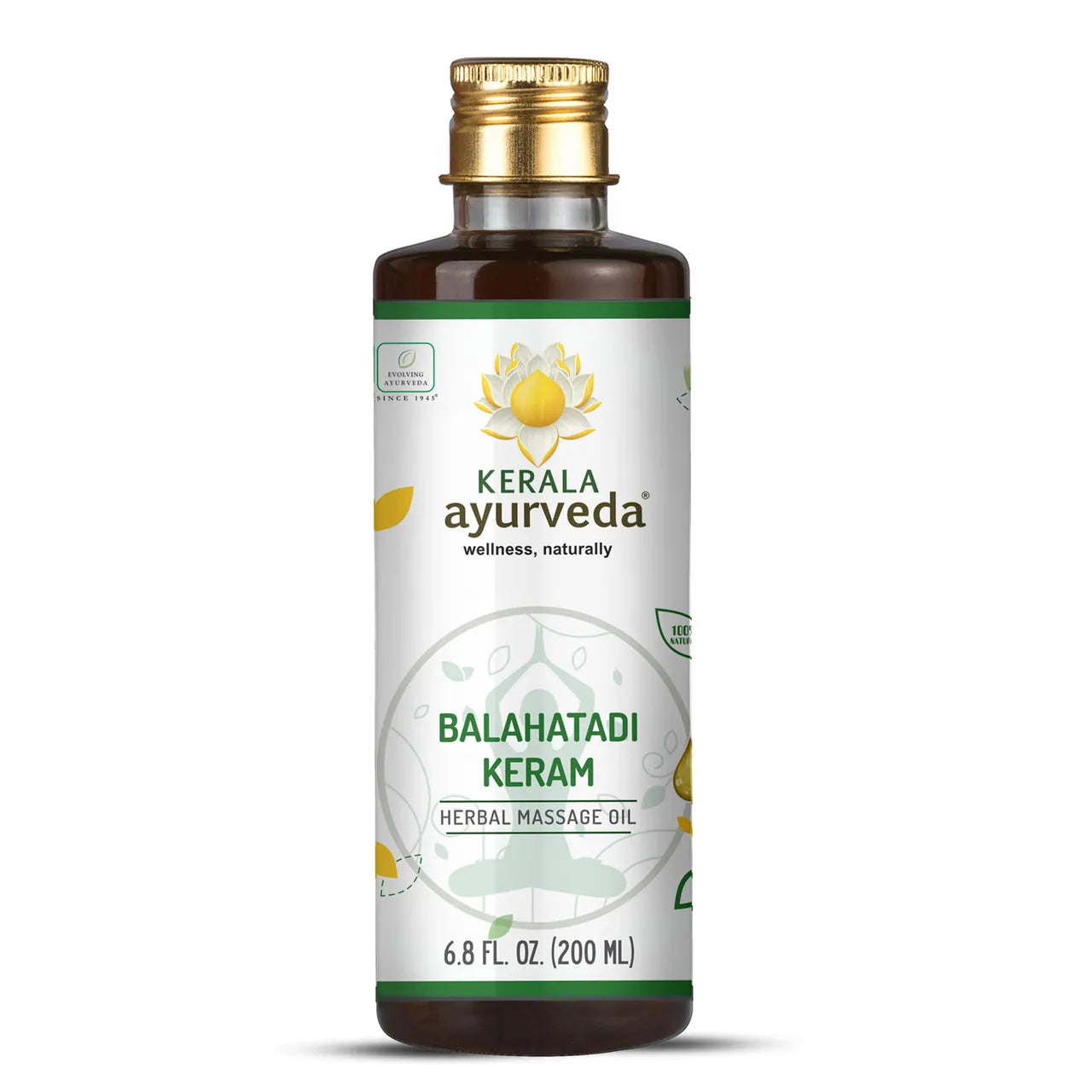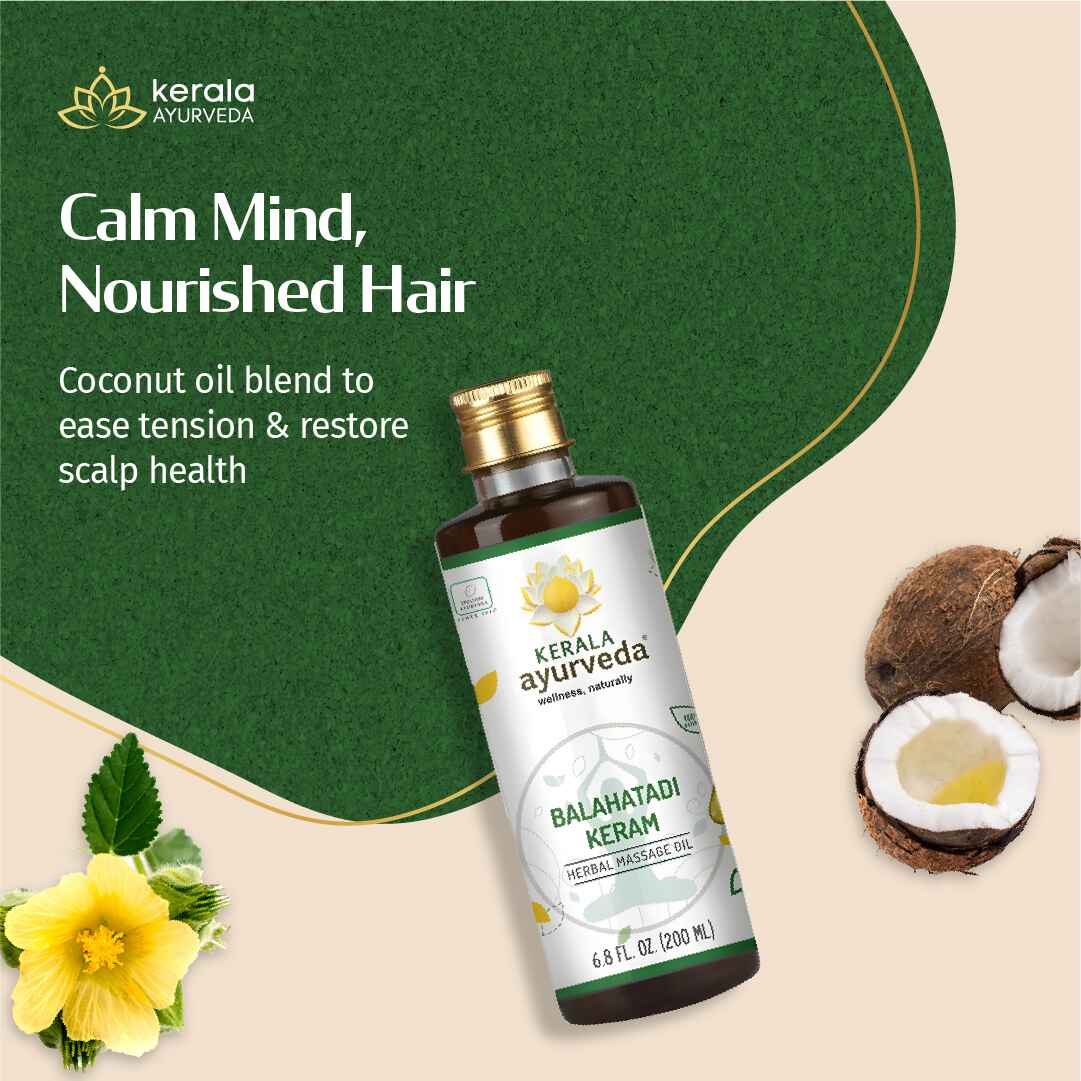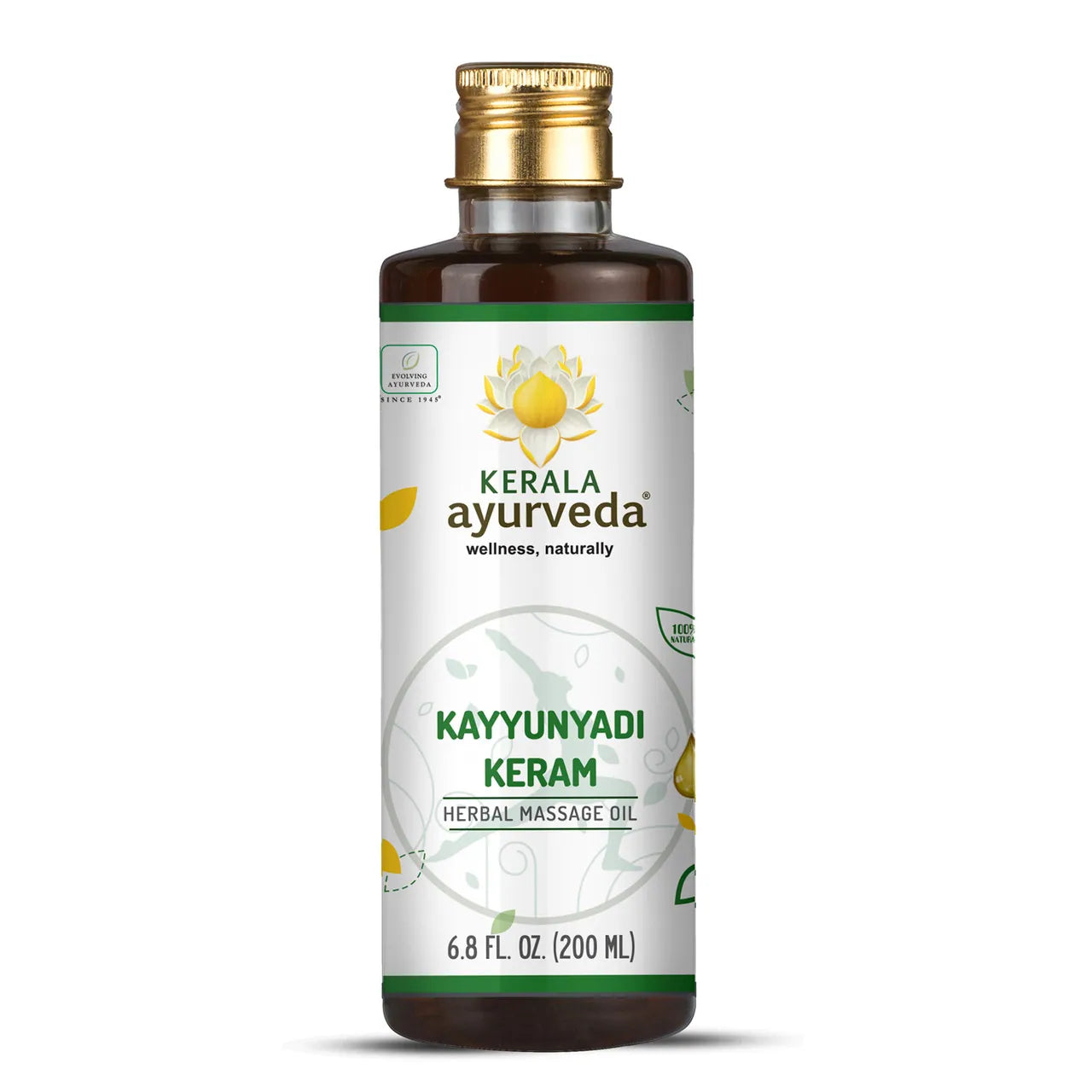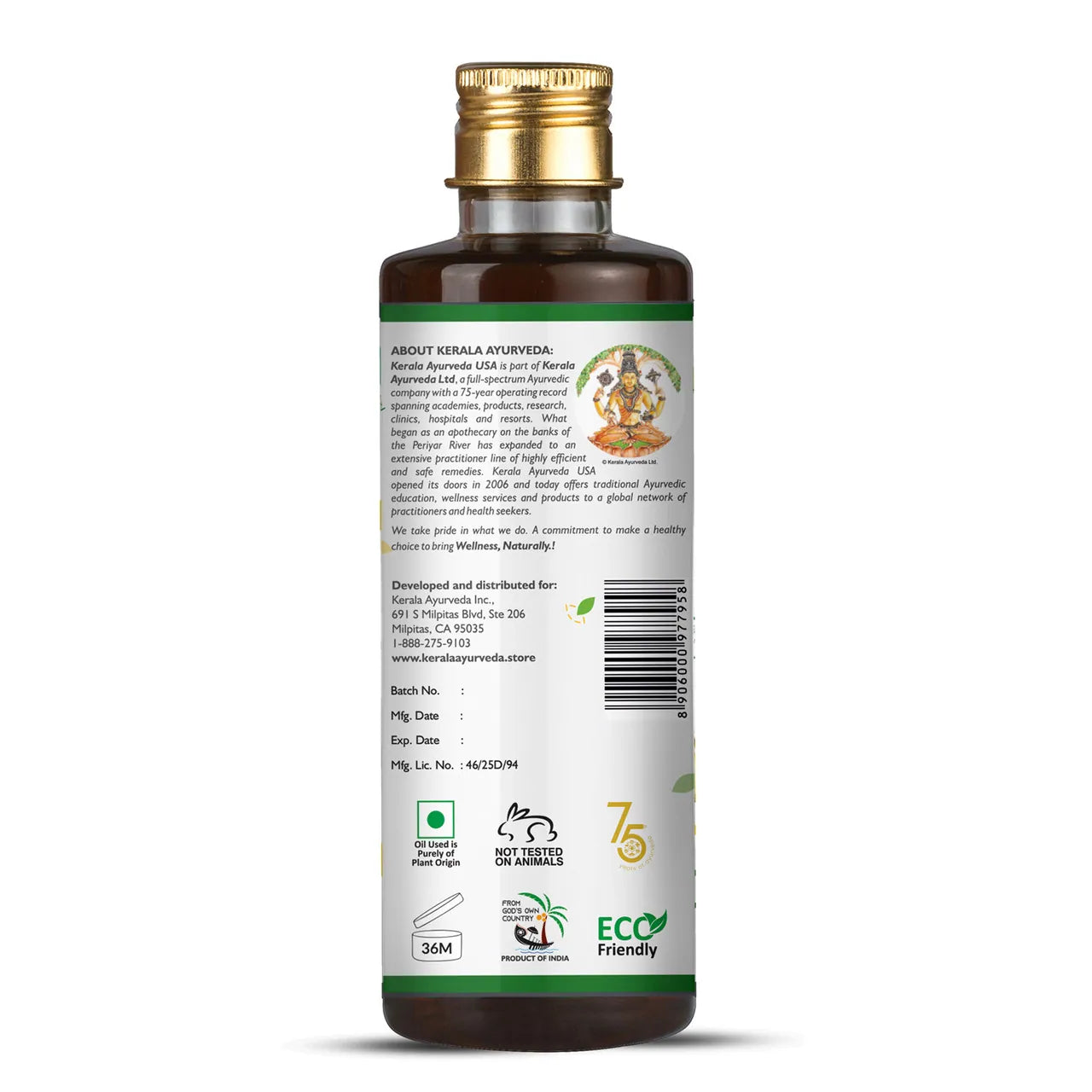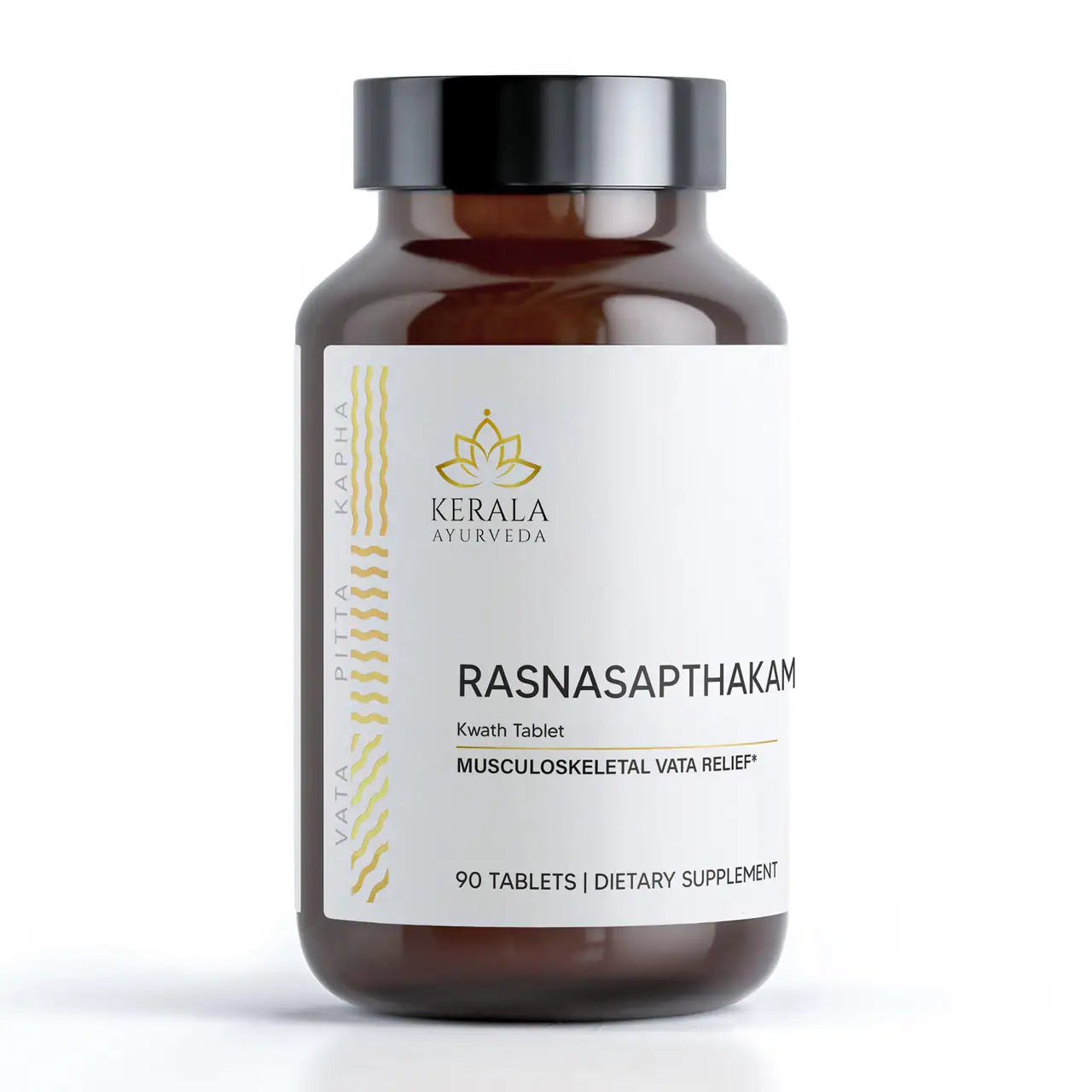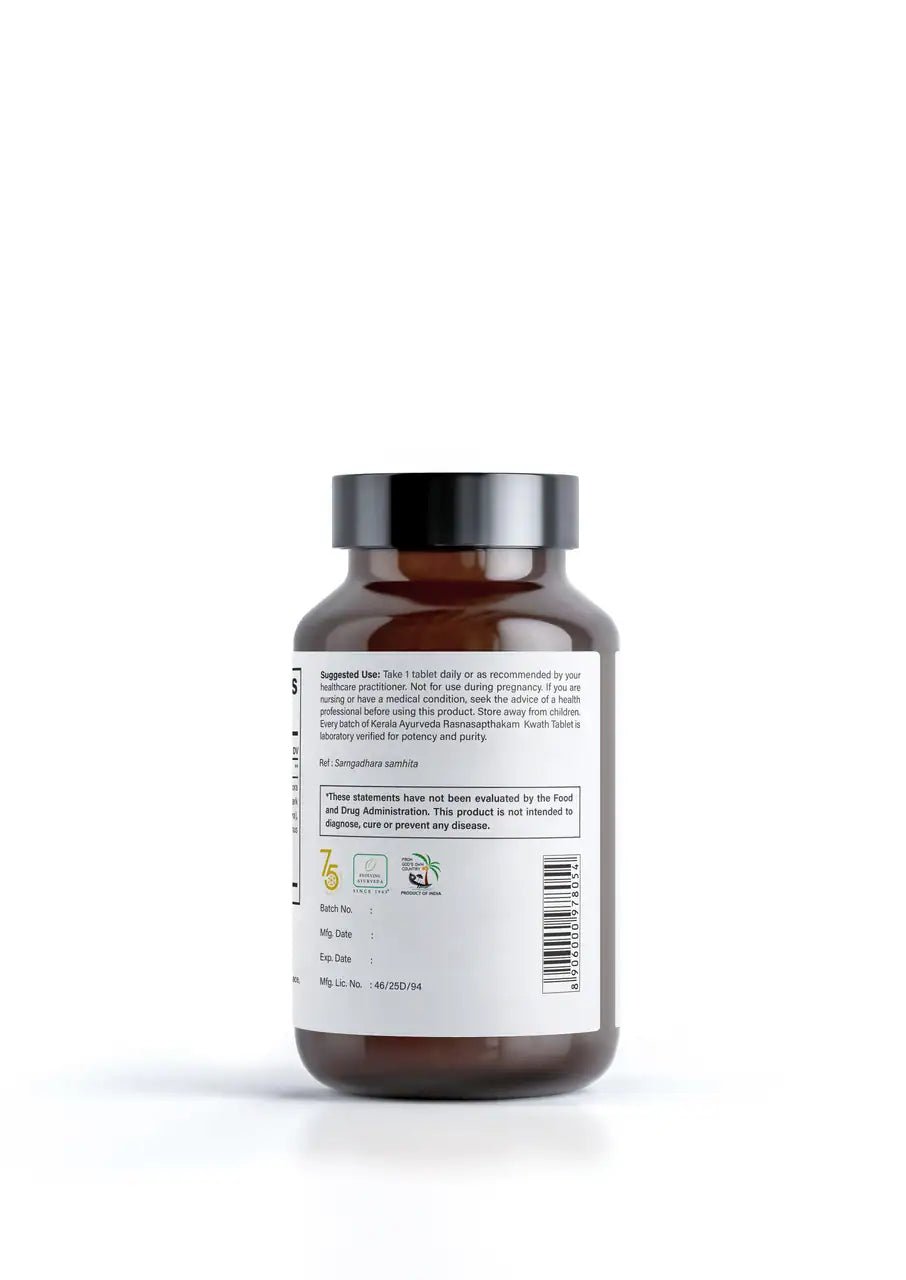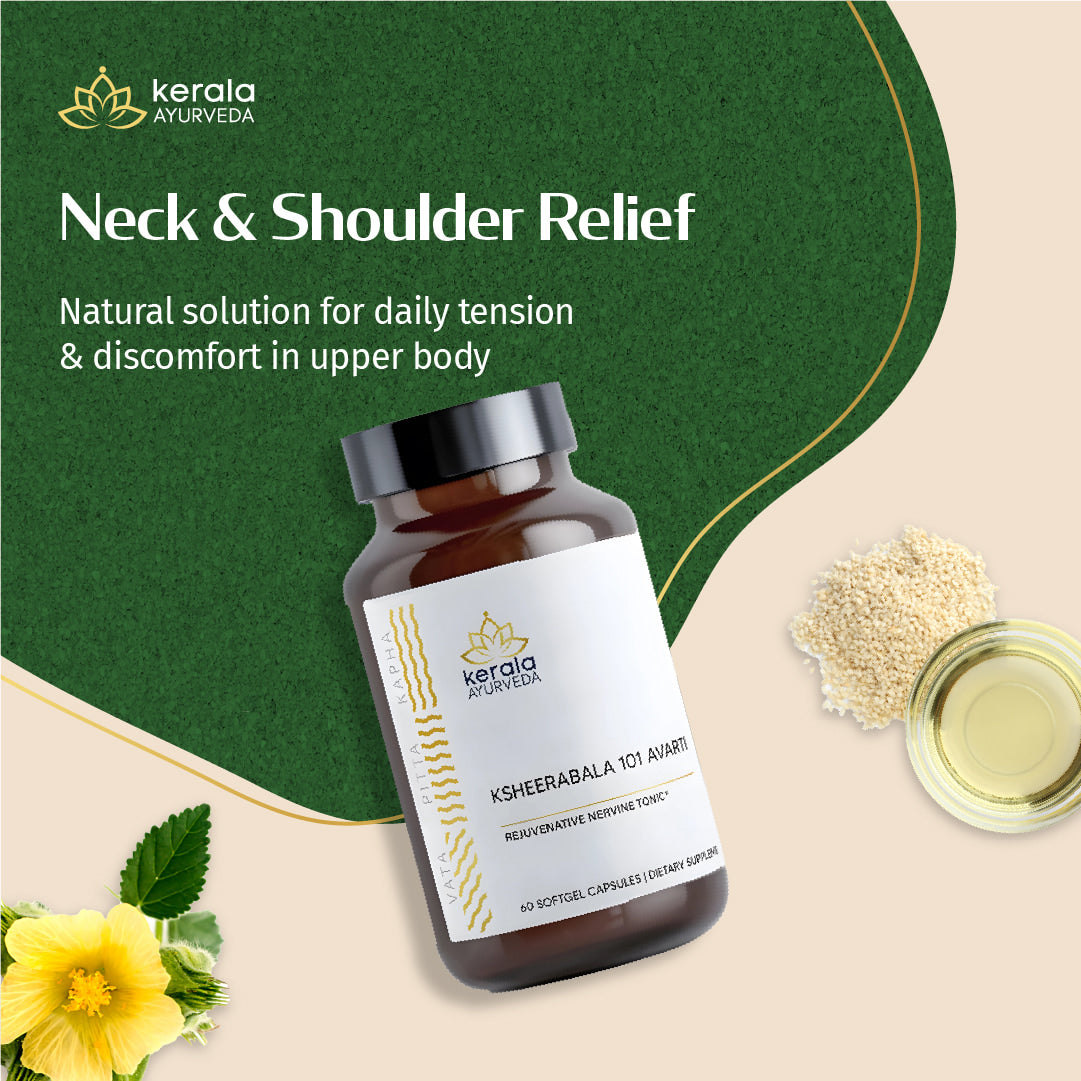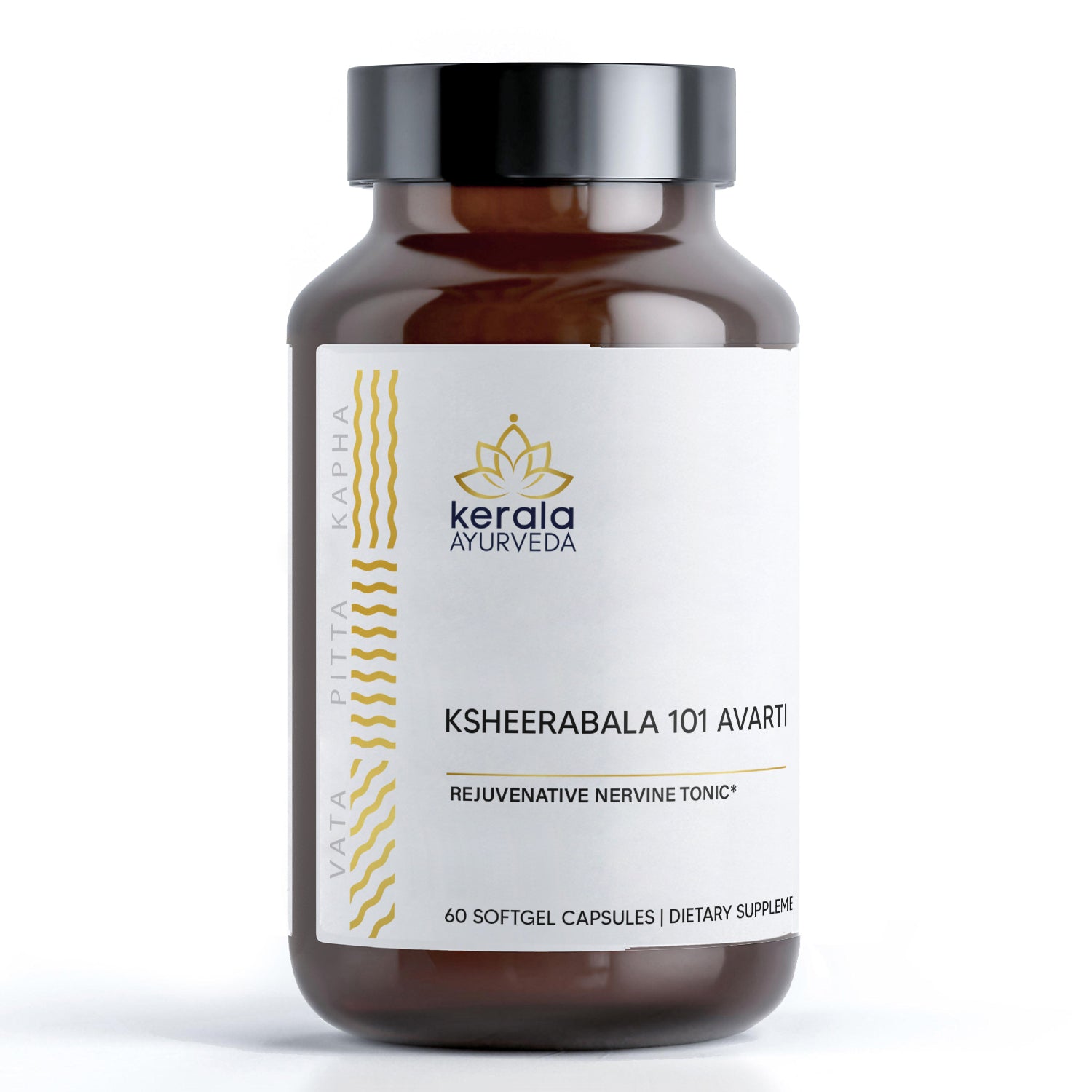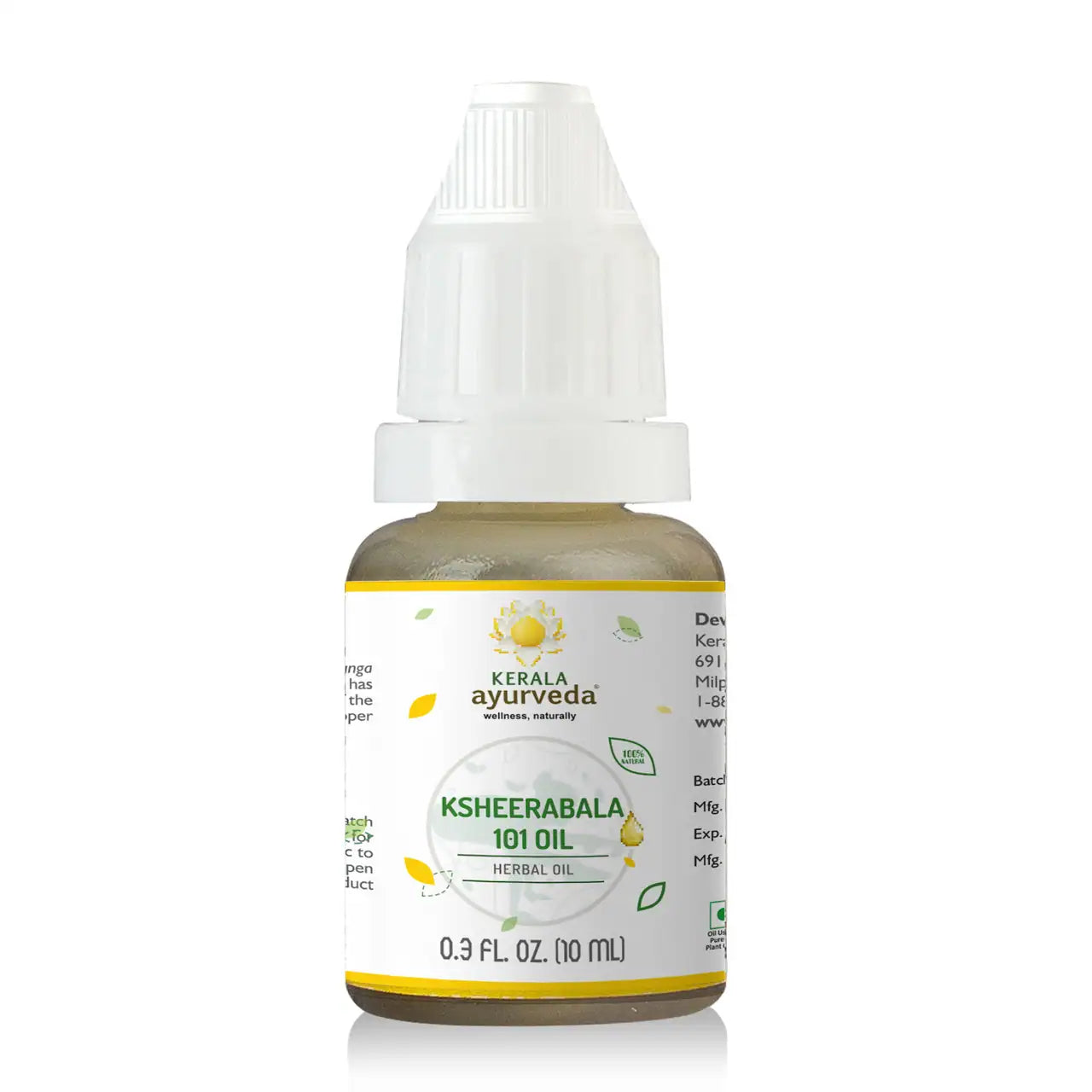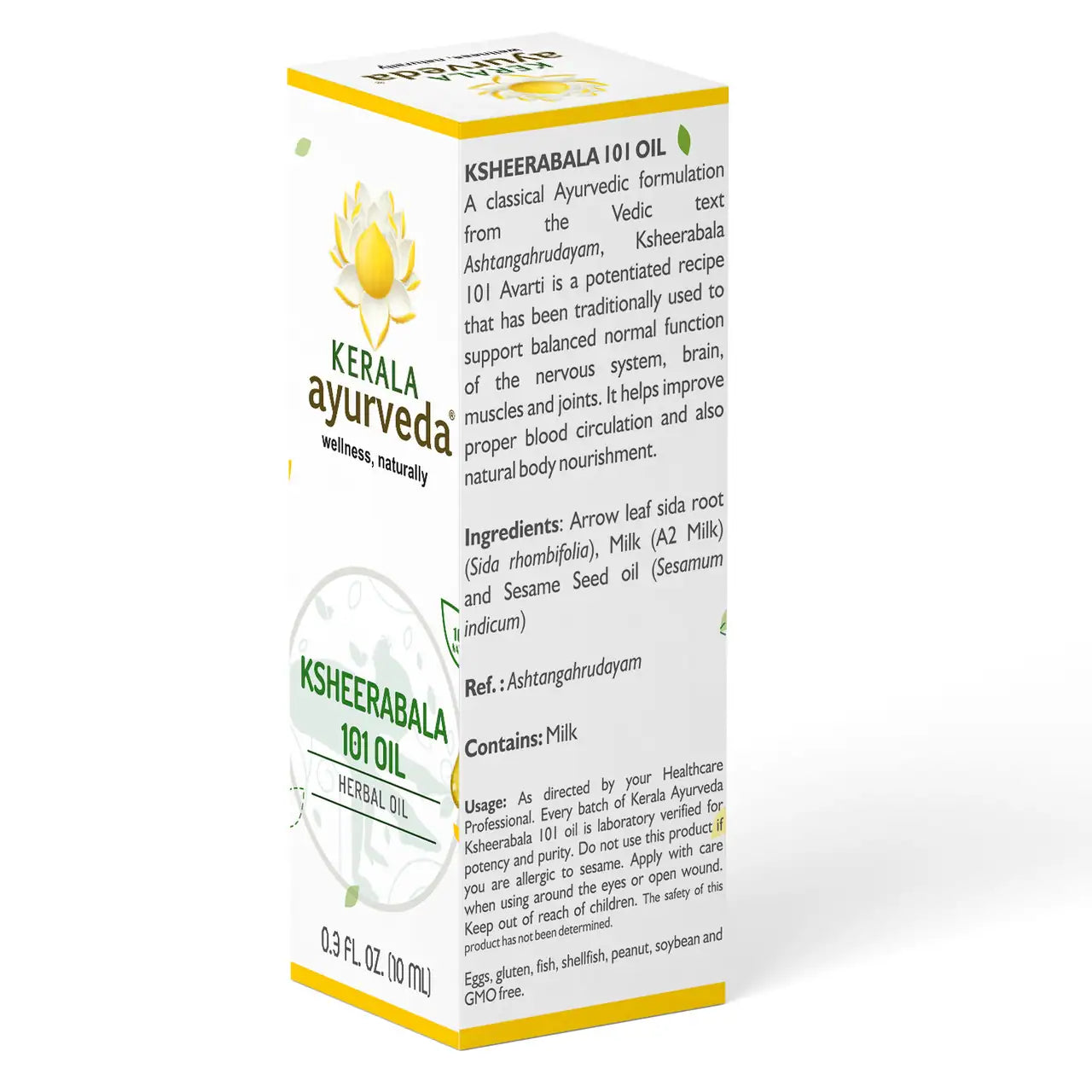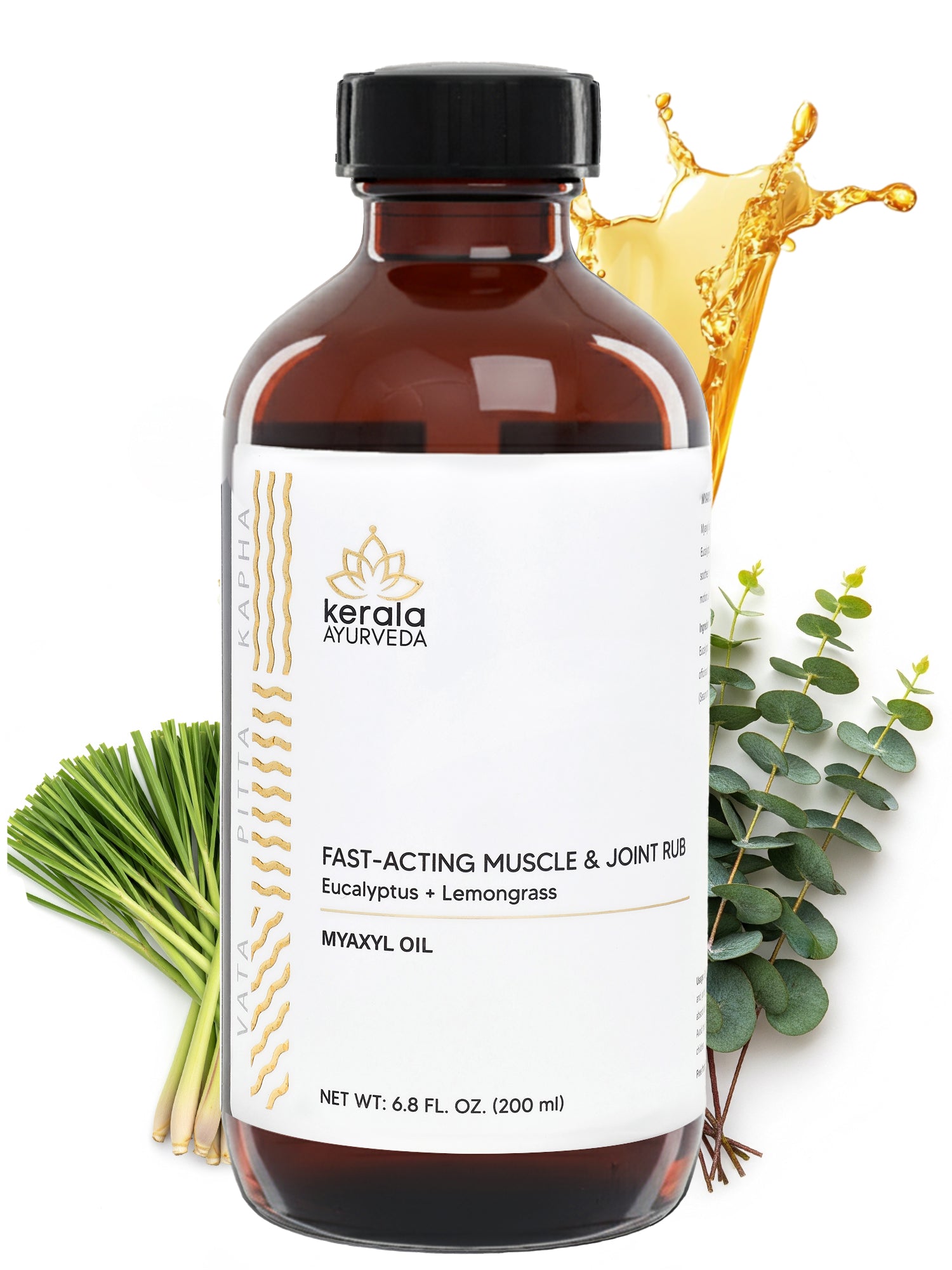Highlights
Given the fast-paced nature of our 21st-century lives, many of us tend to experience Vata imbalance. This is often exacerbated by an array of factors including our hustle and bustle lifestyle, the speed by which we access information online, juggling communication via phone, text, social media, and everything else in between. Our Western capitalistic society regularly drives us to push harder, faster, and stronger, leaving many of us feeling like we’re still in motion even as we attempt to rest. These conditions leave many in a perpetual cycle of imbalance due to being continuously stimulated. Luckily Ayurveda has centuries of wisdom to bring us back to a state of balance.
What is Vata dosha?
According to Ayurveda, Vata is the Dosha of movement or one that gives energy. Vata consists of the two elements air + ether (space). In nature, Vata is easily associated with wind which continuously moves and scatters things about. Given its continual motion, Vata is deemed the King of the Doshas as it is the moving force of all things, including the other two Doshas, Pitta, and Kapha. Constitutionally Vata encompasses the qualities of dryness, lightness, and coldness, while also being rough, subtle, and mobile. From a physiological perspective, Vata is involved in many bodily processes including the propagation of nerve impulses to transmit sensory or motor information throughout the body. Additionally, Vata is involved in breathing, speech, pumping of the heart, removal of waste, nutrient absorption, and our sense of touch. All of these actions are a part of the nature of Vata; however, what happens when Vata is not operating optimally?
What causes of Vata dosha imbalance?
Along with the accelerated pace of our modern society promoting Vata imbalance, Ayurveda acknowledges specific conditions that can lead to Vata aggravation which include:
-
The autumn and early winter season due to cooler temperatures, dryness, and leaves falling
-
Eating an abundance of foods that are dry, bitter, pungent (strong taste/smell), astringent (acidic), light, cold, stale, or heavily processed
-
Drinking or eating foods that are too cold
-
Exposure to cold, wind, and dark environments (low light)
-
Fasting/excessive cleansing or incorrect dietary intake (see second bullet point above)
-
Light sleep, interrupted sleep, or staying up late
-
Excessive exercising
-
Continual emotional states of stress, anxiety, fear, insecurity, or worry
-
Sexual overindulgence

Signs and symptoms of Vata dosha imbalance
If any of the above conditions become excessive, this can lead to Vata imbalance, which may produce the following signs & symptoms:
-
Dry skin, hair, eyes, ears, lips, joints, and stool, in addition to promoting constipation/bloating/gas and dehydration
-
An anxious restless mind, light-headedness, dizziness, a feeling of not being grounded, and weight loss
-
A feeling of being frequently cold, poor circulation, muscle spasms, constriction, tightness, pain, and worsening of respiratory diagnoses such as asthma
-
Cracking of the skin & lips
-
Tremors, twitching, fear, anxiety, heart palpitations
-
Talkative, fidgety, restlessness, timidity/insecurity, agitation
How to balance Vata dosha
With this deeper understanding, the following sections will outline practical Yogic and Ayurvedic tools that one can integrate into their daily life for better harmony if you’re experiencing a Vata imbalance:
Yoga Practice: mind, body and breath
-
Mind Practice: An active practice of Aparigraha, also known as non-possessiveness or non-hoarding. This is an opportunity to investigate the ways you are attached to narratives playing out in your mind that lead to states of restlessness, anxiety, and fear. Do you notice the connection between particular thoughts arising and how they contribute to particular felt states in the body? Additionally, you may ask yourself, “How much truth is there to what is presently arising (thoughts, feelings, beliefs, narratives)?” Once you acknowledge these connections, you can begin experimenting with taking a deep exhalation, consciously loosening muscle tension, and practicing letting go of the grip and constriction these experiences produce. This active inquiry & conscious release is the practice of Aparigraha.
-
Pranayama (Breathing Practices): In the essence of balancing Vata, one may practice Kapalbahti (Shining Skull) which involves a strong exhalation that activates the abdomen and thus increases Agni (Digestive Fire) and digestion. Those with Vata imbalance should perform this Pranayama slowly, smoothly, and rhythmically rather than with intense forcefulness. Keep in mind, when our Prana is balanced so too is our mind.
- Meditation: With the tendency of nervousness, tension, and anxiety the mind of those with Vata imbalance often lacks focus and is easily distracted by subconscious thoughts which causes the mind to wander aimlessly. The anecdote for this can be a practice of both mantra & mudra meditation. One suggested practice is to settle the body comfortably in a meditative posture that is comfortable to your body then place your hands in Abhisheka Mudra (The Gesture of Anointing One-Pointed Concentration) all while repeatedly vocalizing the primordial sound of AUM, making sure to annunciate all three sounds of this sacred mantra, A-U-M.

Dietary considerations
-
Hydration: Given the dry nature of Vata, adequate hydration is of high priority. For Vata constitutions, especially when imbalanced, this should amount to 6-8 glasses of water per day. Sipping water throughout your daily meals will help aid digestion and absorption which ultimately benefits tissue regeneration as our body’s tissue is constructed from the building blocks found within digested food.
-
Cooking with Spices: Integration of warming spices into your meals is an important aspect of curtailing the coolness of Vata imbalance. Useful warming herbs to integrate include black pepper, black salt, mustard seeds, cardamom, cinnamon, clove, cumin, ginger, garlic, and turmeric.
-
Vata Balancing Foods:
-
Fruits: cherries, grapefruit, lemon, mango, papaya
-
Vegetables: avocado, beets, corn, onions, radishes
-
Grains: buckwheat & basmati rice
-
Nuts & Seeds: almonds, brazil nuts, cashews, hazelnuts, flax, macadamia, pecans, pistachio, pumpkin seeds, sesame seeds, walnuts
-
Dairy: buttermilk & kefir
-
Animal Products: beef, chicken/turkey, duck, venison, fish, eggs
-
Oils: Avocado, castor oil, flaxseed, mustard, olive, peanut, safflower, sesame
- Sweeteners: honey & jaggery
Herbs for balancing Vata
Ashwagandha: An herb that gives energy like a horse is beneficial as it contains heating properties that are balancing to Vata, this can be readily found on Kerala’s product site. Its main action is both a sedative and nervine which means that it can help calm down the nervous and anxious energy predominant in Vata imbalance and thus promote greater sleep, energy, and vitality.
Golden Milk: This is an ancient Ayurvedic beverage that combines some of the beneficial spices useful in treating Vata imbalance. These spices include turmeric, ginger, cinnamon, and black pepper. Kerala’s Turmeric Ghee 360 which has been formulated with these ingredients which can be combined and warmed with dairy milk or non-dairy milk for those that are plant-based for a nourishing and soothing beverage.
The lifestyle recommendations mentioned here are not an exhaustive list of addressing Vata imbalance, but an excellent place to start. These tools can be slowly integrated to bring about better clarity, focus, energy, and well-being. In fact, too much change performed too quickly can aggravate Vata Dosha, so we recommend easing into any lifestyle adjustments.
As you move forward, it is useful to remember the core elemental principle: given the constitution of Vata which is inherently cool, dry, and full of movement, practices that cultivate warmth, hydration, and relaxation are going to be most beneficial in managing Vata imbalance, thus reducing the ill effects of a scattered mind, nervousness, anxiety, and feelings of restlessness. For proper consultation regarding Vata imbalance do not hesitate to contact an Ayurvedic professional that will be able to properly assess your individual needs accordingly.





